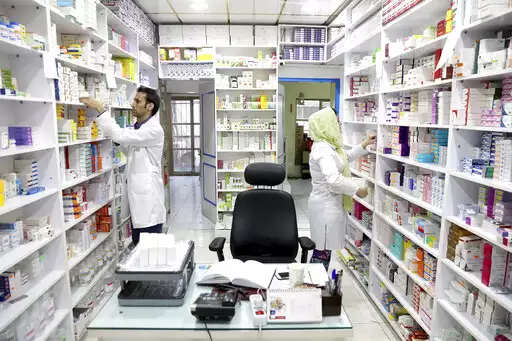On the other hand, technology has acquired significance in every aspect of our life. Hence, it is inevitable that the combination of both these elements would gain critical space in such a dynamic world. Governments around the world are increasingly promoting the cause of preventive healthcare as the first step in a quality healthcare infrastructure. Technology can make preventive healthcare more penetrative and play a major role in helping bring it to the end user.
The popular old saying ‘Prevention is better than cure’ has become all the more relevant now that chronic illnesses are on a constant rise. Individuals between the ages of 30-45 are at a high risk of lifestyle diseases which are very expensive to manage especially if they are not detected in time.
Certain critical aspects are:
– Identification and minimization of risk factors which can cause diseases
– Early detection of diseases through screening and basic first-aid knowledge
– Improvement of steps to reduce the effects of any existing diseases
Some of the technological trends which are re-shaping preventive healthcare especially in developing nations are:
Portable Medical Devices
Keeping a check on basic medical conditions such as blood pressure and sugar levels through easy to carry and operate medical devices, would ensure that any early symptoms should catch attention. Through careful monitoring, doctors and other medical practitioners may take essential measures to reduce the chances of any health hazards.
Access to Quality Health Measures
Technological advancement is ensuring that patients and medical specialists are easily connected and all kinds of queries could be resolved with the help of technological support. Overall transparency is developed ensuring quality and costs associated with each of these services. Technology would play a central role for allowing efficient treatments and improved outcomes at a subsidized rate for maximum audience. For e.g., if an individual has availed a medi-claim policy on the account of any mishap at any stage in life, technology can track the history of the patient and ensure the monetary expenses associated are taken care of without any impact to the medical treatment required.
Payment Control
Since a large sum of money is associated with medical treatments, offering services with the help of technology would ensure that funds are legally tracked and smooth transfer is on track. This can also help in ensuring there are no loopholes associated with tax payments.
Increasingly, governments around the world are offering tax incentives for medical policies. They could also be covering individuals for medical benefits on the amount of taxes they pay to the government.
Access to Medical Records
It’s imperative that all medical records of patients should be electronically stored. This ensures ease in monitoring the treatment and proper medical attention for every patient at various stages.
The size of the healthcare industry is expected to touch $200 bn in a nation like India with an aim to reach the rural areas and other interior regions as well. Thus, with the collaboration of technology and healthcare facilities and an aim to change the behaviour of people in this segment, the following is desired to be achieved:
– Access to medical benefits
– Effectiveness
– Affordability
– Preventive Care
“This article is exclusively produced for The Times of India Healthy India, Fit India initiative by our partner, Healthians to spread awareness on the importance of preventive health care”

















